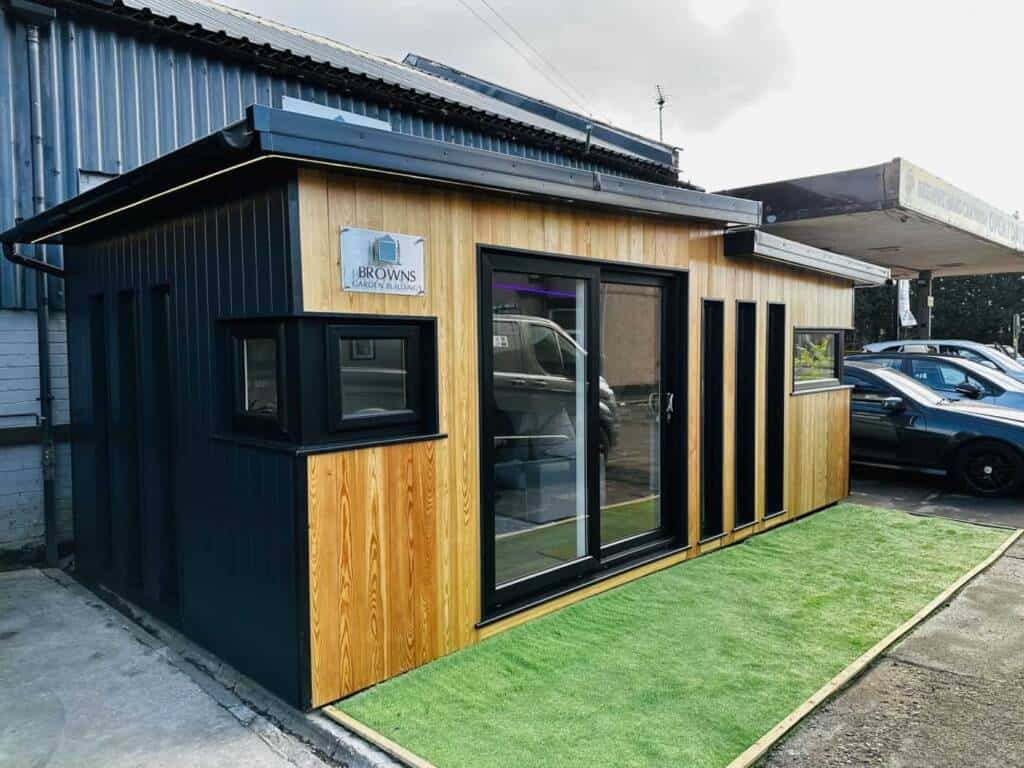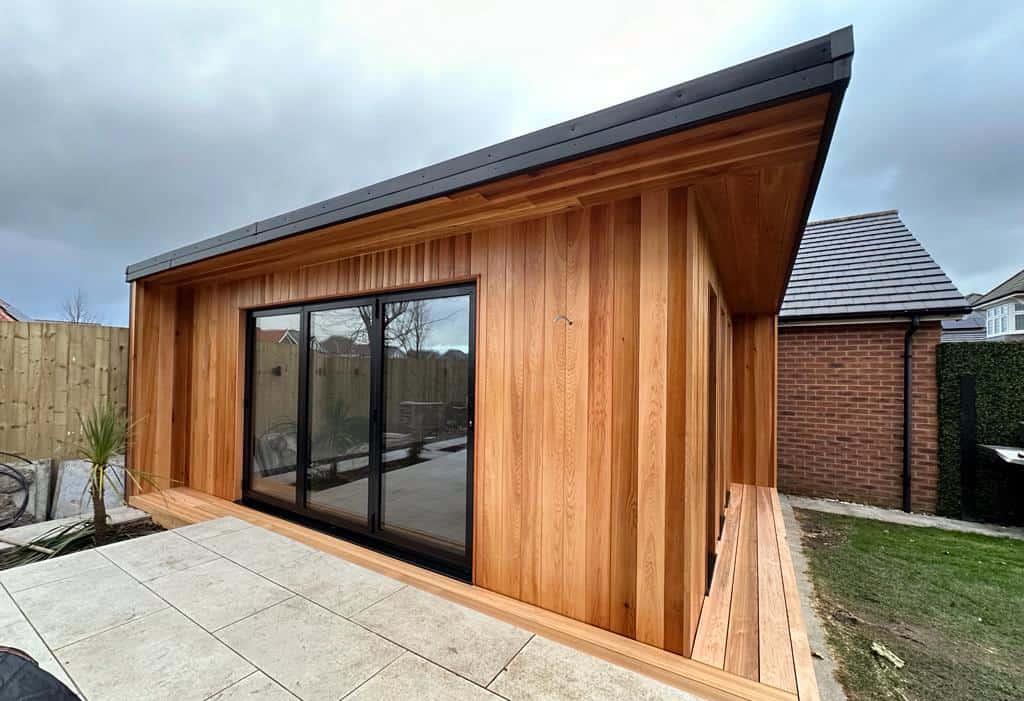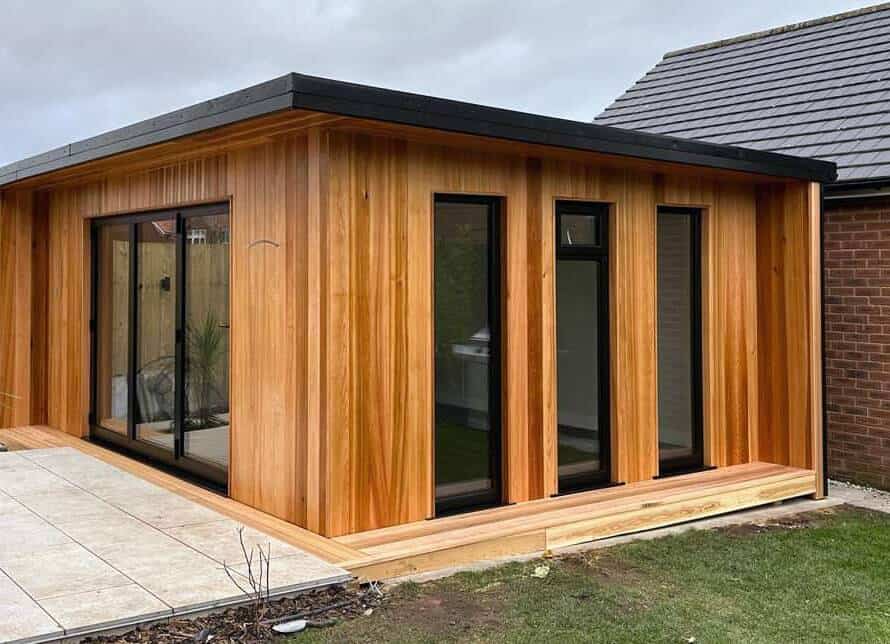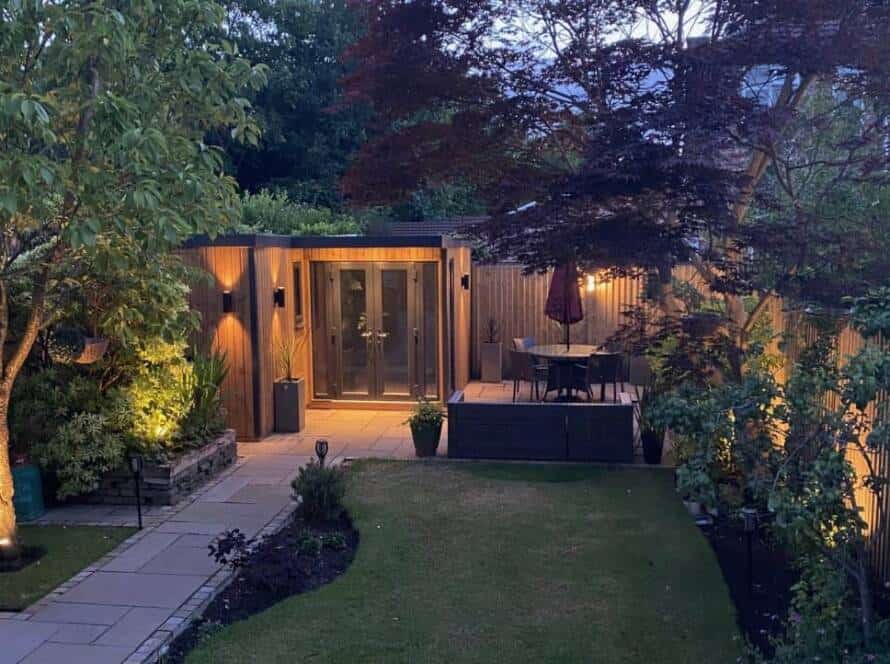Timber is rapidly becoming the future of the construction industry, with more and more builders and developers turning to this versatile and sustainable material for their projects. From residential homes to commercial buildings, timber is being used in a variety of innovative ways that are changing the face of construction.
One of the main reasons for the increasing popularity of timber in construction is its sustainability. Timber is a renewable resource that can be sourced from responsibly managed forests, making it a more environmentally friendly choice than traditional building materials such as concrete and steel. As concerns about climate change and deforestation continue to grow, the use of timber in construction offers a more sustainable alternative that can help reduce the carbon footprint of buildings.
In addition to its sustainability, timber also offers a number of other benefits that make it an attractive option for builders and developers. Timber is lightweight, strong, and durable, making it an ideal choice for constructing a wide range of buildings, from small residential homes to large commercial structures. Timber buildings are also energy efficient, with the natural insulating properties of wood helping to reduce heating and cooling costs.
Furthermore, timber is a versatile material that can be used in a variety of construction techniques, from traditional timber framing to modern engineered wood products. This flexibility allows for greater design freedom and creativity in construction, resulting in buildings that are not only sustainable and efficient but also visually striking and unique.
One of the most exciting developments in timber construction is the rise of timber high-rise buildings. Traditionally, tall buildings have been constructed using steel and concrete due to their strength and fire resistance. However, advances in timber technology have now made it possible to build tall buildings using timber, with the world’s tallest timber building, Mjøstårnet in Norway, standing at an impressive 85 meters tall.
Timber high-rise buildings offer a number of advantages over traditional steel and concrete structures. Timber is lighter than steel and concrete, making it easier to transport and assemble on-site. Timber buildings also have a lower carbon footprint than steel and concrete buildings, as wood stores carbon dioxide that would otherwise be released into the atmosphere. Additionally, timber buildings are aesthetically pleasing, with the natural grain and warmth of wood adding a sense of warmth and character to the built environment.
In addition to high-rise buildings, timber is also being used in a variety of other construction projects, including schools, hospitals, and office buildings. Timber construction offers a number of benefits for these types of buildings, including improved indoor air quality, noise reduction, and faster construction times. Timber buildings are also more adaptable and flexible than traditional materials, allowing for easy renovations and modifications as needed.
As timber continues to gain popularity in the construction industry, architects, engineers, and builders are exploring new ways to push the boundaries of what is possible with this versatile material. From innovative timber facades to intricate timber structures, the possibilities for timber in construction are endless.



In conclusion, timber is becoming the future of the construction industry due to its sustainability, versatility, and numerous other benefits. With advances in timber technology and a growing awareness of the environmental impact of traditional building materials, timber is quickly emerging as the material of choice for builders and developers. As the demand for sustainable and efficient buildings continues to grow, timber construction is poised to play a key role in shaping the future of the built environment.



